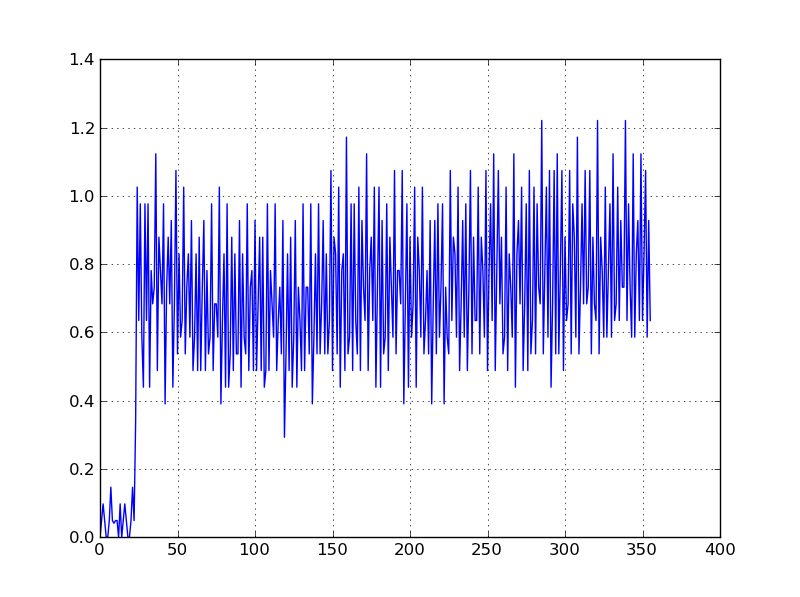I have a signal, in which i want to detect the period of the peaks, that exist within this signal: for example : After each 5mm or (5 seconds depending on the sampling rate and speed of my motor) i have a peak in my motor current.
I though of using the FFT, but then i had some problems with the sampling rate which lead me to look for the ununiform fft, but i wasnt very successfull.
I also tried using the Savitzky golay filter to smooth the data, since i read that it actually helps finding peaks within the signal, but not the period.
I tried appliying the FFT to the smoothed data, but I wasn't able to find any frequence.
So i was wondering is there is an algorithm that detects the periodicity of peaks within a signal.
this is the Normal Signal plot .

The signal in display(20mm/s) has been smoothed using the Savitzky golay filter, with a window of 51.

